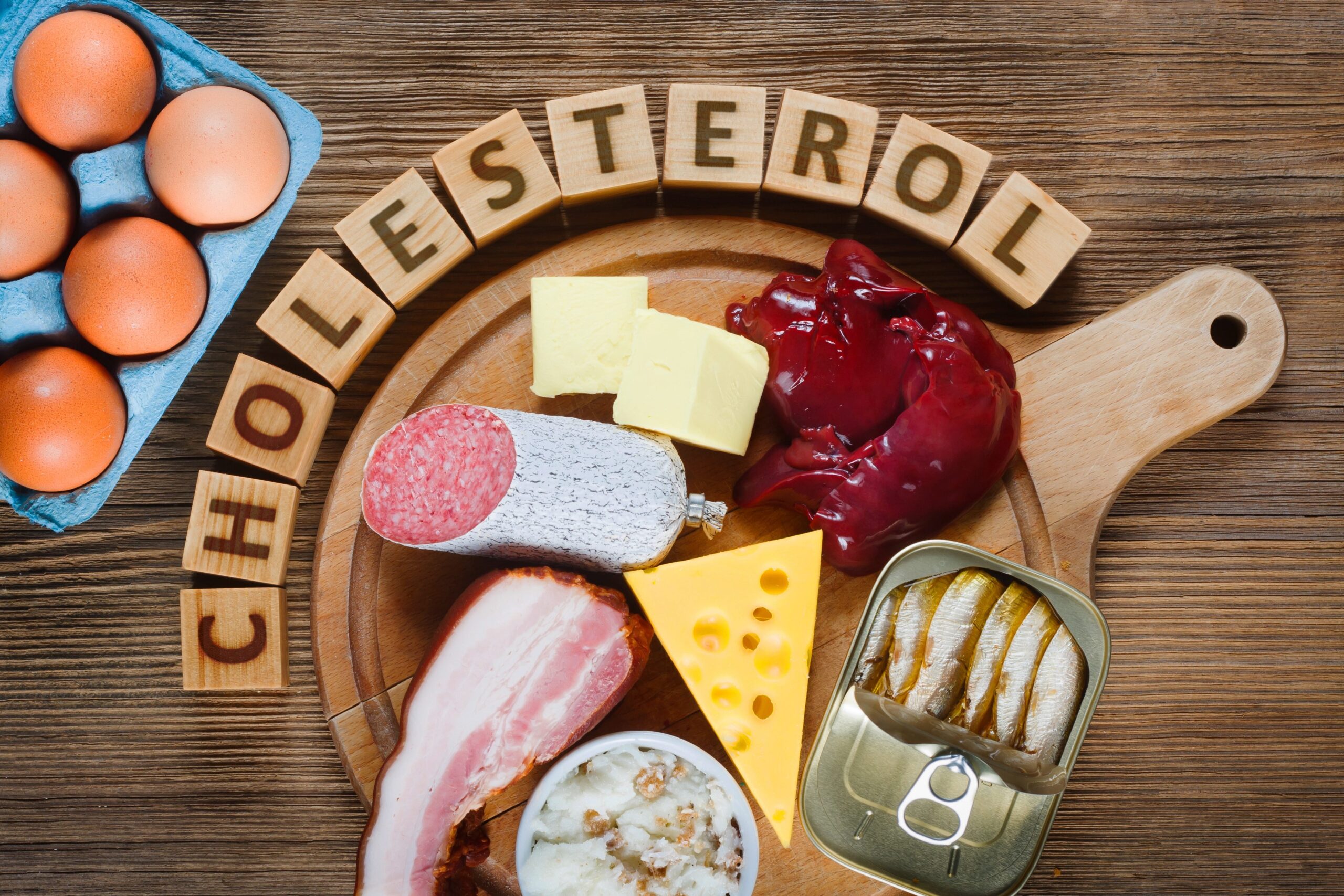

Consider this. Most people can tell you the number attached to their cholesterol level, but do they really understand what it means? What’s behind all those terms, and what is cholesterol anyway?
What’s your cholesterol IQ? To help raise it a few points, here’s a quick refresher course in honor of National Cholesterol Education Month.
Cholesterol is really not that complicated. It’s basically a waxy, fat-like substance made naturally by the body, in the liver. The liver alone makes enough of it for the body to function and thrive. But we also get cholesterol from animal-based foods we eat, such as meat, eggs and full-fat dairy products. Now we have more than we need, and that can turn into a problem.
For one thing, the extra cholesterol can combine with fat and other elements in the blood to form plaque. This can build up on the sides of artery walls – a condition known as atherosclerosis – which can eventually start interfering with the smooth flow of blood through the vessels. Sometimes, a piece of plaque will even break off and form a clot that can block blood flow to areas of the body such as the heart and brain, causing a heart attack or stroke.
The thing is, cholesterol doesn’t travel through the bloodstream by itself. It has to be attached to a protein; and together, they’re called a lipoprotein. Here’s where the LDL and HDL come in.
LDL stands for low-density lipoprotein, which means there is a lower amount of protein compared to cholesterol; essentially, a low density of protein. It’s often called the “bad” cholesterol because it tends to help form the plaque that builds up in the arteries.
On the other hand, HDL is high-density lipoprotein because there is more protein than cholesterol. It’s considered the “good” cholesterol because it can help pull cholesterol out of the artery walls and send it to the liver to be excreted.
Doctors want their patients to have a higher HDL level in their blood compared to LDL, although lower cholesterol levels in general are usually the goal. If you’re cholesterol level is high – 240 is defined as “high” – your doctor might consider some interventional strategies to lower it. If you have other risk factors for heart disease and stroke, action might be taken with an even lower cholesterol level.
So, if your cholesterol level is running a little on the high side, your doctor might start by recommending a few key lifestyle changes, sometimes called Therapeutic Lifestyle Changes (TLC). Simply, TLC includes those common sense practices we should be doing anyway: eating a healthy diet, managing our weight and engaging in regular physical activity.
In some cases, lifestyle changes alone are enough to lower cholesterol to a healthy level. But if they’re not enough, your doctor might prescribe a cholesterol-lowering medication. Statins are a common type of medication used for this purpose, but they’re not the only type. Your doctor will work with you to find the drug that works best for you.
The thing to keep in mind is that there are no signs or symptoms of high cholesterol, so there’s no way of knowing you have it without a blood test. Your doctor will determine how often you need to be tested, but most healthy adults should have their cholesterol checked at least every four to six years.
A good idea is to get tested for a baseline reading so your doctor knows where you stand. That way, if you are on the high side, you can get started with the lifestyle changes that will, hopefully, get you level in check.
Reduce your risk of heart attack and stroke. Consider your cholesterol!





Leave a Reply